8. The Sting (1973, George Roy Hill)
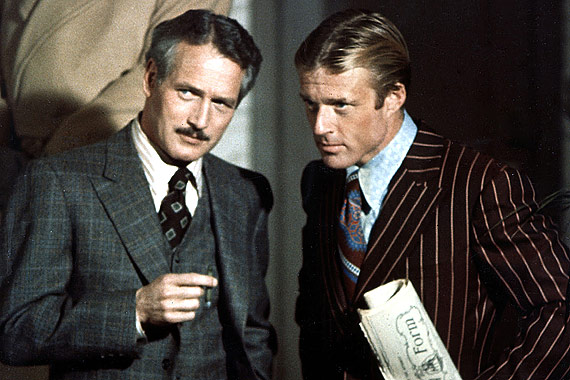
On a different approach to organized crime, this time via gambling, “The Sting” takes place in 1936’s Chicago, a city deeply affected by the Crash and the Great Depression.
The film chronicles the lives of two con-men Johnny Hooker (Robert Redford) a small-time crook and veteran con-artist Henry Gondorff (Paul Newman), in their rise as a team that gathers small fortunes by gambling illegally and by arranging a fraudulent system of horse racing bets.
7. The Friends of Eddie Coyle (1973, Peter Yates)
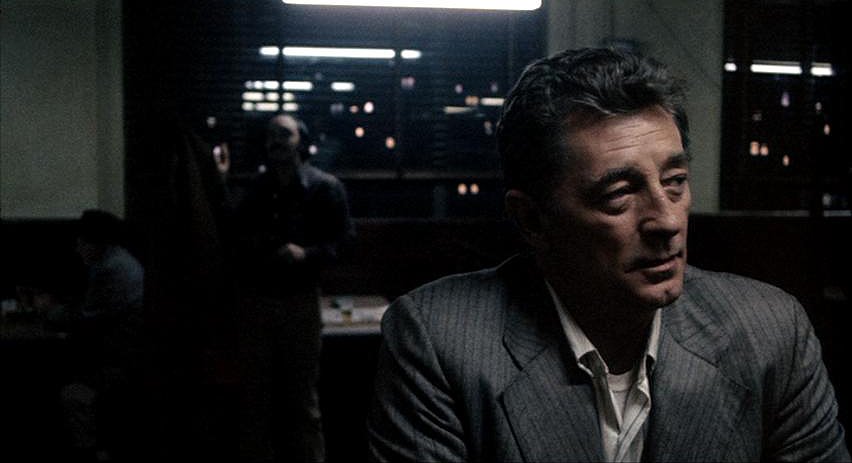
Starring one of the great actors of Old Hollywood, Robert Mitchum, “The Friends of Eddie Coyle” revolves around a man named Eddie Coyle who works as a driver of a delivery truck and on the side as gunrunner for a low lever Boston crime syndicate. After participating in a hijacking gone wrong, Eddie Fingers, as he is also known, faces a heavy prison sentence.
However, Coyle is provided with a last chance at easing his faith by becoming an informer for ATF agent Dave Foley (Richard Jordan), a condition he accepts unbeknownst to him that a very important detail is being hidden from him. In the end, he voices the best conclusion regarding the world of moral corruption surrounding him “I shoulda known better than to trust a cop. My own goddamn mother coulda told me that.” To which someone answers: “Everybody oughta listen to his mother.”
6. Robert Altman: The Long Goodbye (1973) and Thieves Like Us (1974)
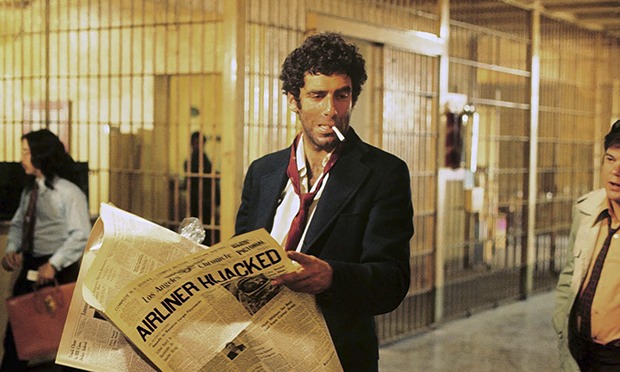
Even though “The Long Goodbye” appear not to be a gangster film at first, it has many of the characteristics of gangster films and it has been described as “a study of a moral and decent man cast adrift in a selfish, self-obsessed society where lives can be thrown away without a backward glance … and any notions of friendship and loyalty are meaningless”.
The film has 1970s star Elliot Gould as Raymond Chandler’s celebrated detective Philip Marlowe who tries to clean his dead friend’s reputation after the man is accused of murdering his wife. In doing so. Marlowe is hired by a woman whose husband has gone missing. This case proves to be connected with his dead friend and while trying to solve both mysteries, Marlowe is somehow involved with organized crime parties and is introduced to the LA subculture of private detoxification clinics.
“Thieves Like Us” concerns the lives of three convicts escaped from the Mississippi State Penitentiary in 1936 (once again at the height of the Great Depression) who in order to survive resort again to a life of crime going on a spree of bank heists. All this while trying to keep ahead of the law agencies on their tails.
5. The Killing of a Chinese Bookie (1976, John Cassavetes)
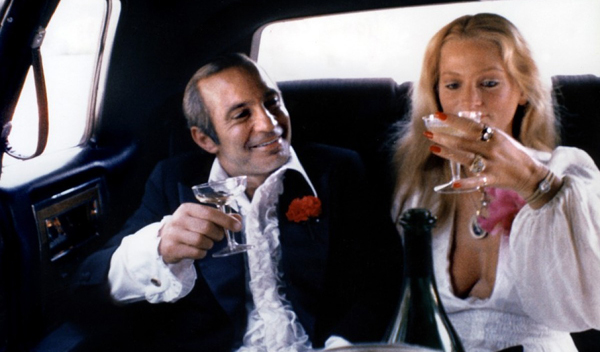
Starring in the previous listed title, this time, John Cassavetes emerges as the director of this next listing: “The Killing of a Chinese Bookie”. The film is an intense character study (as most of Cassavetes’ films), centred on a man named Cosmo Vittelli, a strip club owner with a self-destructing addiction – gambling.
Up until now he was more or less able to pay for his debts, however, the time comes when he cannot support his duties anymore and in return he is asked by the mob to perform ‘a service’ in return of debt clearance – a hit. Cosmo believes that he was asked to murder a small-time lawbreaker, however, in the night of the crime he learns that instead he has killed the head of a rival clan and therefore he was set up by his mob employers. His life expectation’s drop drastically once both clans send people after him.
4. The French Connection (1971, William Friedkin)
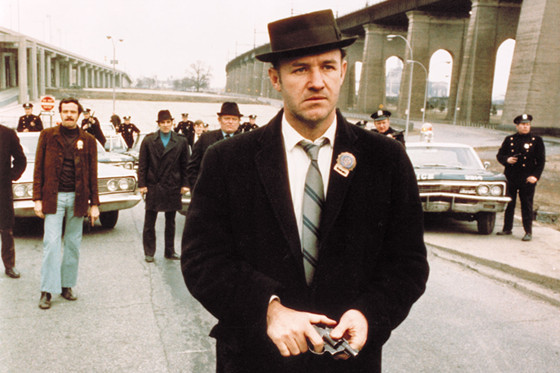
“The French Connection” is set in New York. Shot on real locations such as Times Square, Grand Central Station and on the Lower East Side of the City, the film provides a realistic look into the lives of two policemen of the narcotics department, Jimmy Doyle (Gene Hackman) and Buddy Russo (Roy Scheider), who work undercover, having their lives constantly balancing between justice and corruption. One day they stumble into a small drug transaction and their trouble begin once through it they uncover a major plot involving a French connection.
3. Mean Streets (1973, Martin Scorsese)
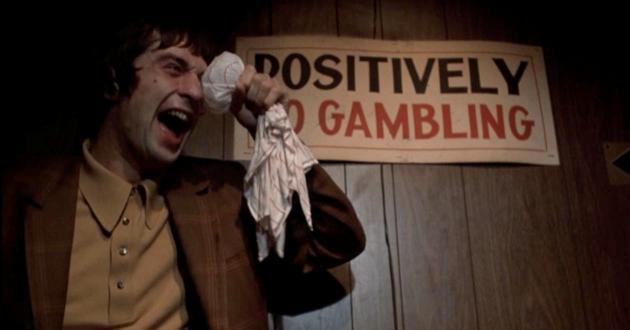
The major studios weren’t the only ones resorting to gangster films as means for profits, the then-newly formed ‘Roger Corman School’ was also responsible for producing them with far less means (Roger Corman owned American international pictures, the major B movie production company responsible for producing a new generation of filmmakers known as ‘the movie brats’).
Martin Scorsese was one of the ‘movie brats’ and “Mean Streets” was one of his first directorial assignments. The film, set in New York, follows Charlie (Harvey Keitel), an Italian-American trying to move up within the New York Mafia while at the same time living in conflict with himself. His conflict is a product of his professional aspirations that clash with his personal duties (connected with his friend Johnny Boy – Robert DeNiro) and his devoted Catholic faith.
2. Chinatown (1974, Roman Polanski)
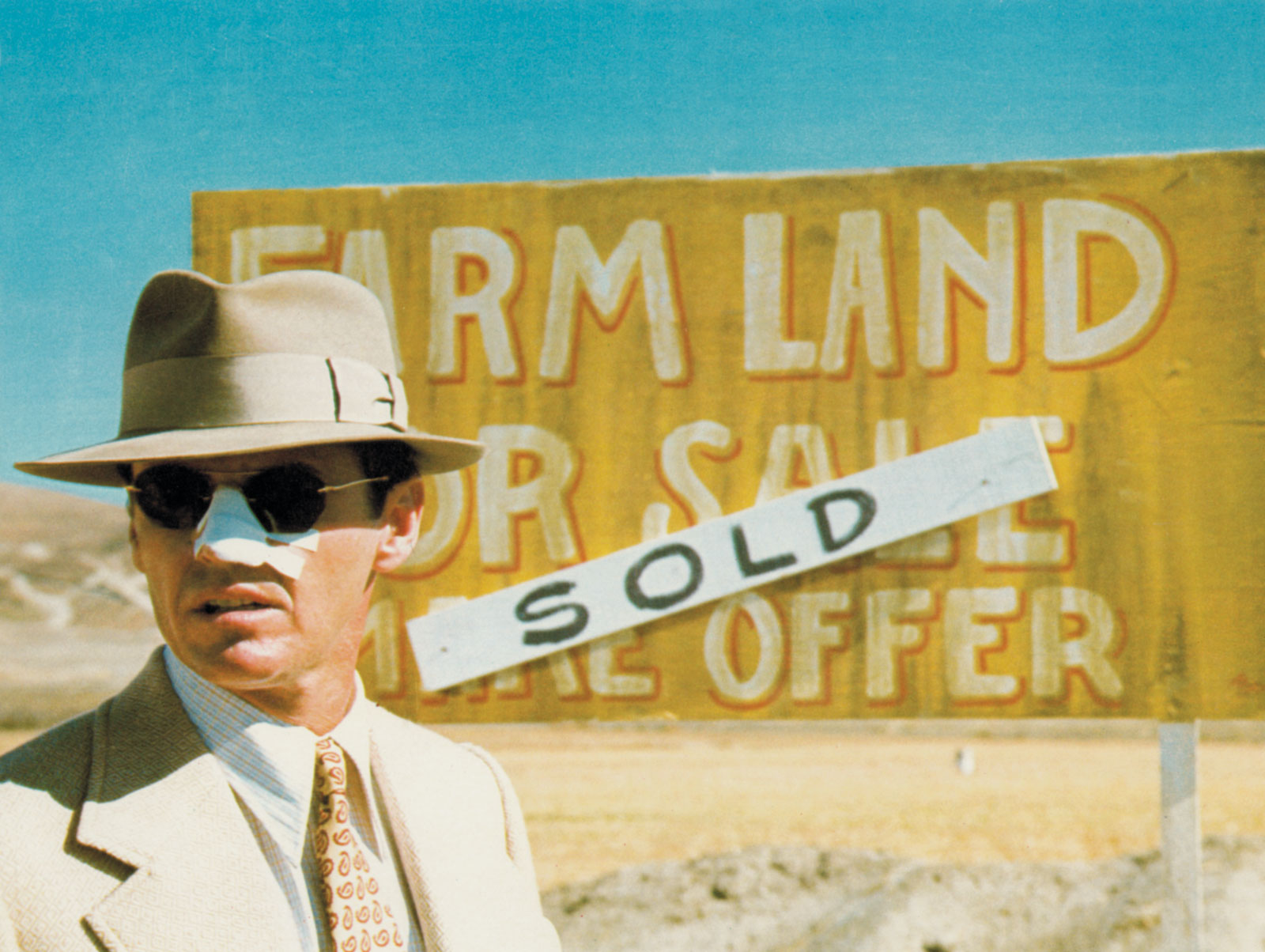
This 1974 film directed by Polish filmmaker Roman Polanski has since become a classic when talking about gangster/neo-noir American films. “Chinatown” stars Jack Nicholson as private eye J. J. Gittes working in Los Angeles. Gittes is approached by a woman named Evelyn Mulwray who wants to expose her husband Hollis Mulwray, a chief engineer with the Los Angeles Department of Water and Power.
Upon taking compromising photographs of Mr. Mulwray and exposing them, Gittes learns that he wasn’t approached by the real Mrs. Mulwray (Faye Dunaway) and that instead it was all a plan to expose Hollis Mulwray. In a frenzy of events, detective Gittes finds himself in the middle of a corrupted murderous scheme and with a slashed nose…
1. The Godfather Trilogy (1972, 1974 & 1990, Francis Ford Coppola)
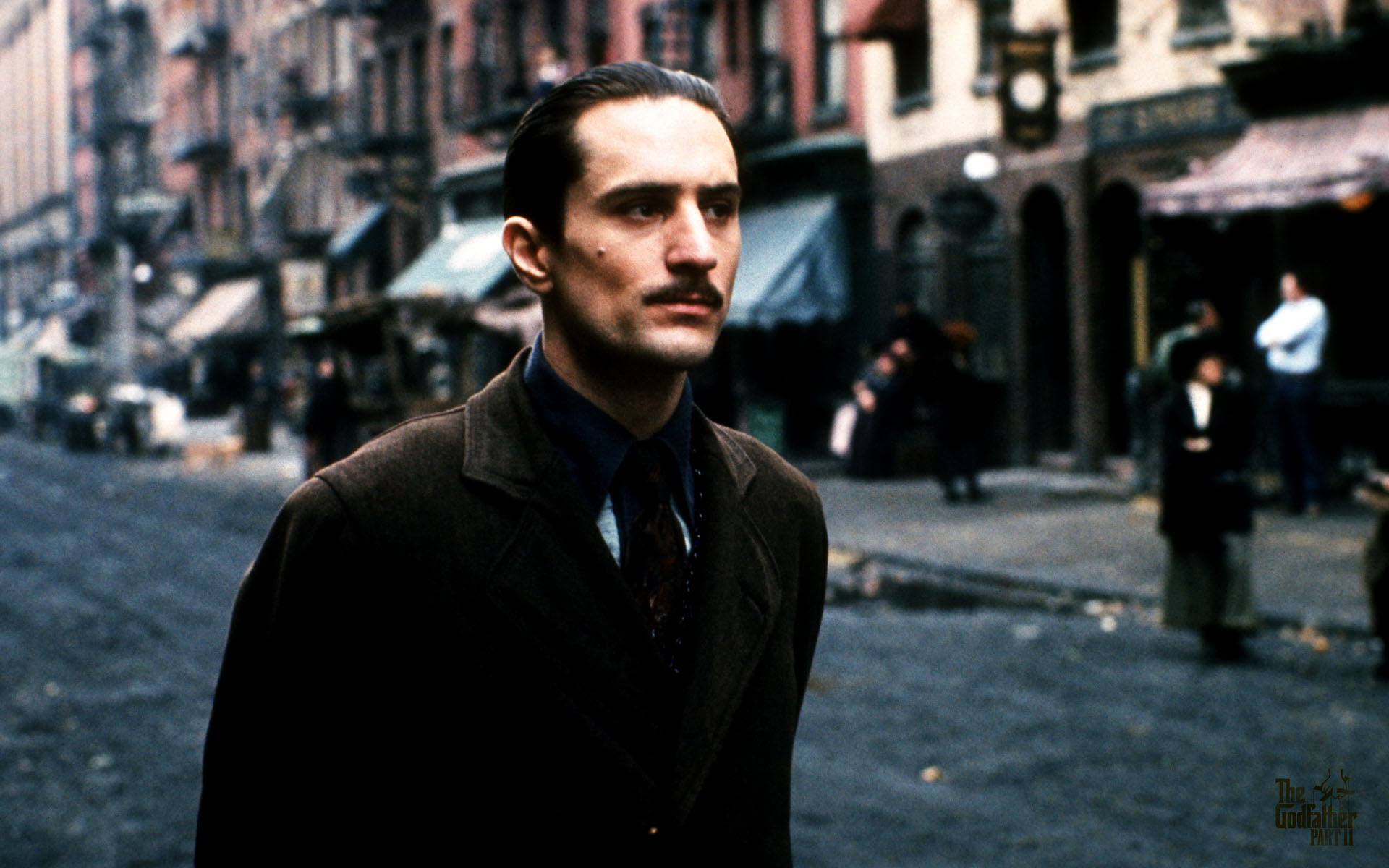
Even though this list only concerns titles from the 1970s, there isn’t much sense in talking about the first two films of the Godfather trilogy without mentioning the third. So, an exception must be made.
Written by Mario Puzo and adapted by Francis Ford Coppola, “The Godfather” was divided into three films that chronicle the life of the Corleone family from the beginning of the twentieth century (The Godfather: Part II) to the 1940s and 1950s (The Godfather) up until the 1980s (The Godfather: Part III). The trilogy starts with the fall of Don Vito Corleone.
After he declines to take part in the narcotics business, he suffers an assassination attempt which leads to a decline of his health. Faced with the problem of succession. Don Corleone puts his oldest son Sonny in a prominent position, however, upon his assassination is his youngest son Michael, the one who so reluctantly refuses to take part in his family’s business, that has to assume his father’s position and regain his family’s then-lost central position within the crime underworld.
In the second film, as the rise of Vito Corleone as an underworld boss is chronicled, in the present, his son Michael, the new Don of the Corleone family, faces major obstacles and clashes with the heads of other crime families while expanding the family’s business.
The third part takes place in Italy and New York during the end of the 1970s and through the 1980s, when Michael Corleone, now an aging king of organized crime, tries to legitimize his family’s business, as he faces the first signs of a problem called succession.
Honourable Mentions:
Bloody Mama (1970); The Honeymoon Killers (1970); The Anderson Tapes (1971); Shaft (1971); The Doberman Gang (1972); The Hot Rock (1972); Across 110th Street (1972); Prime Cut (1972); Coffy (1973); Lucky Luciano (1973); The Don is Dead (1973); Honor Thy Father (1973); Black Caesar (1973); The Seven-Ups (1973); Gone in 60 Seconds (1974); The Nickel Ride (1974); Capone (1975); Night Moves (1975); Lepke (1975); The Death Collector (1976); Assault on Precinct 13 (1976); The Lady in Red (1979).